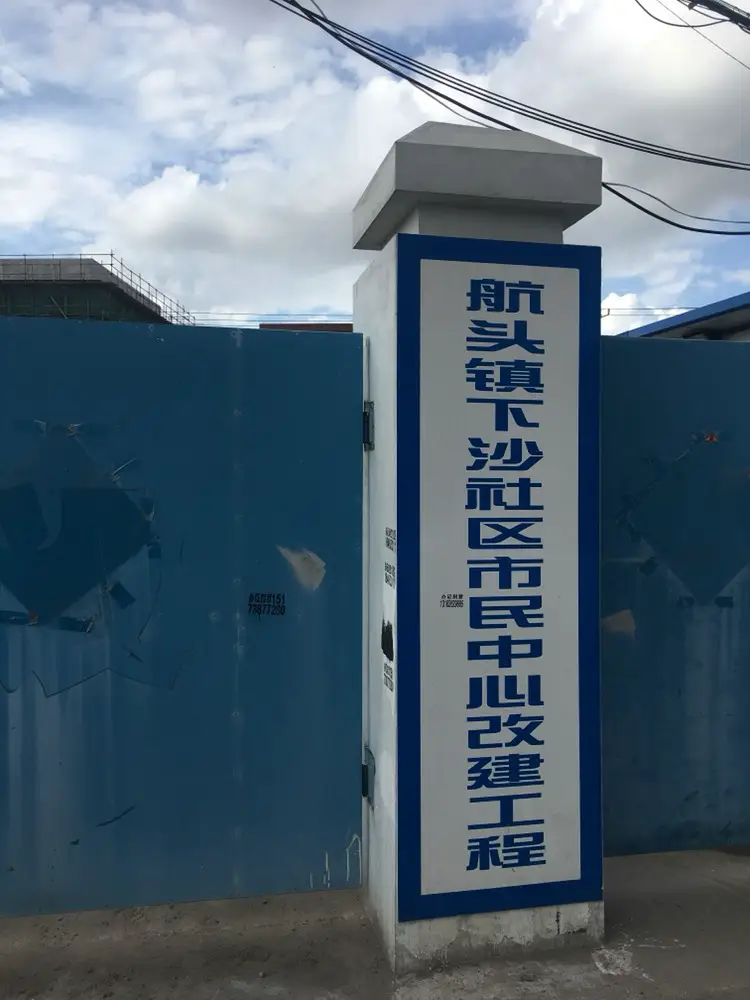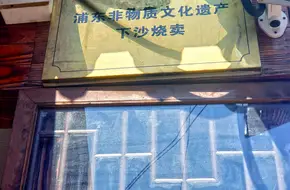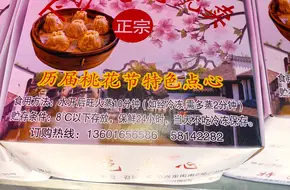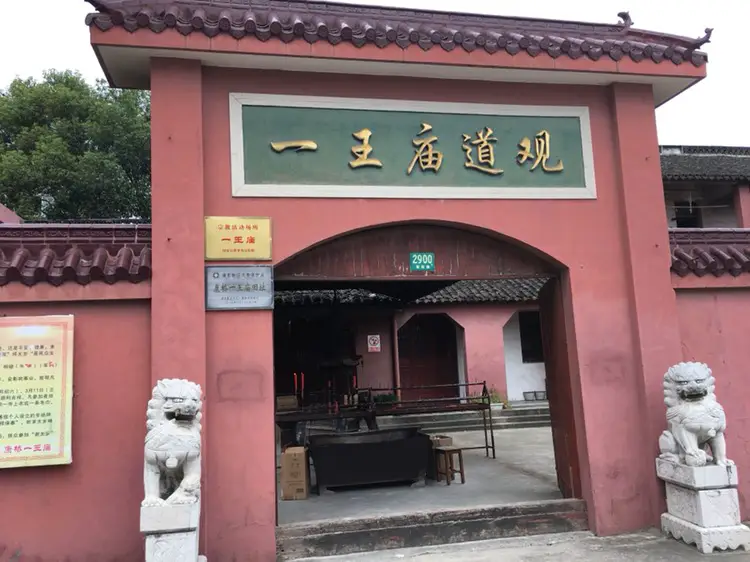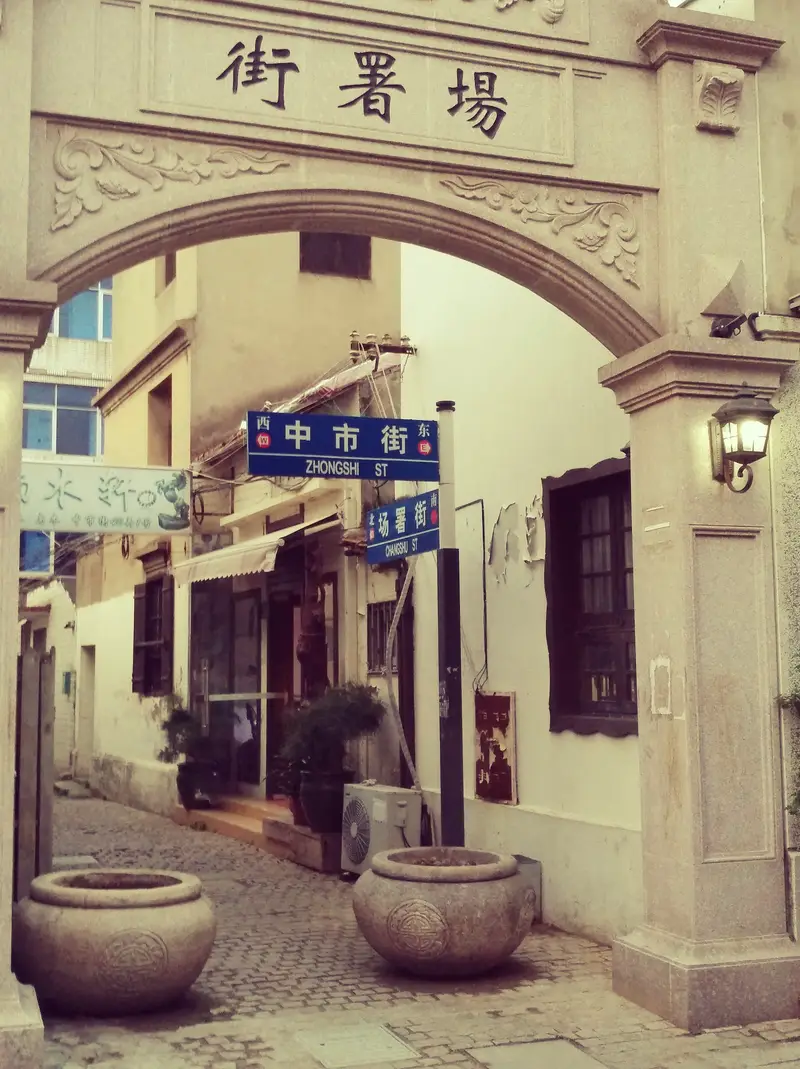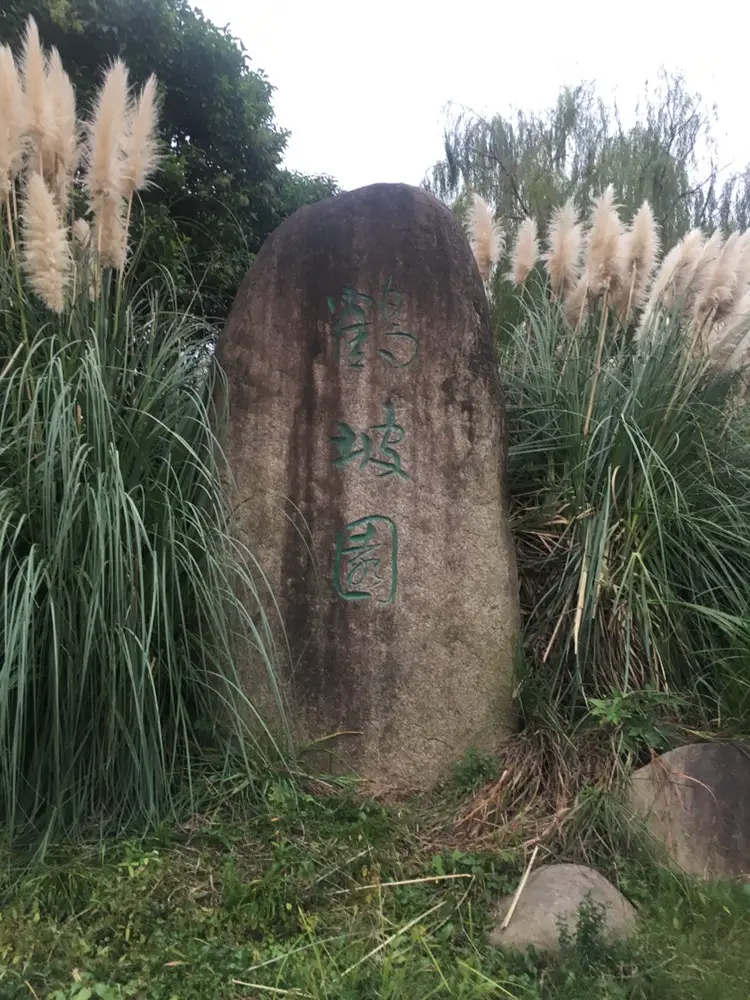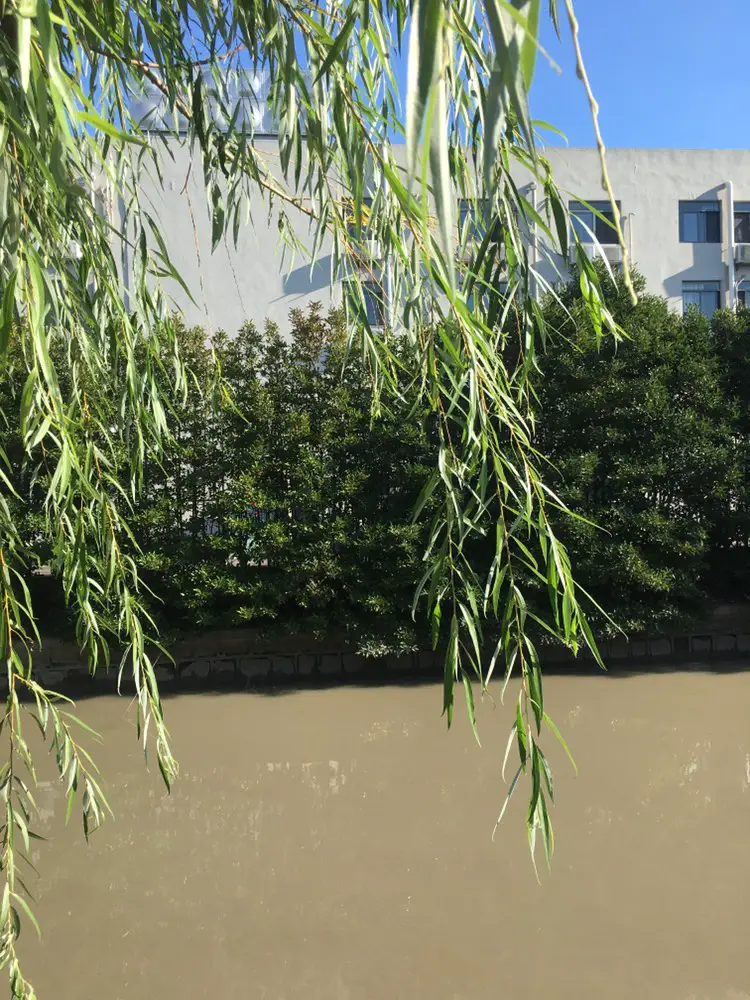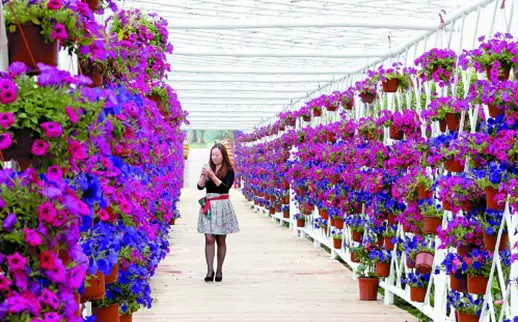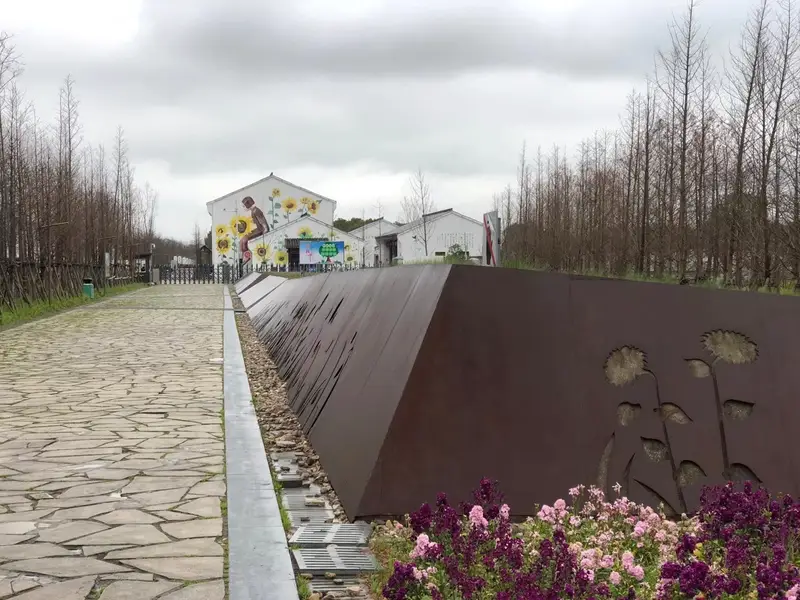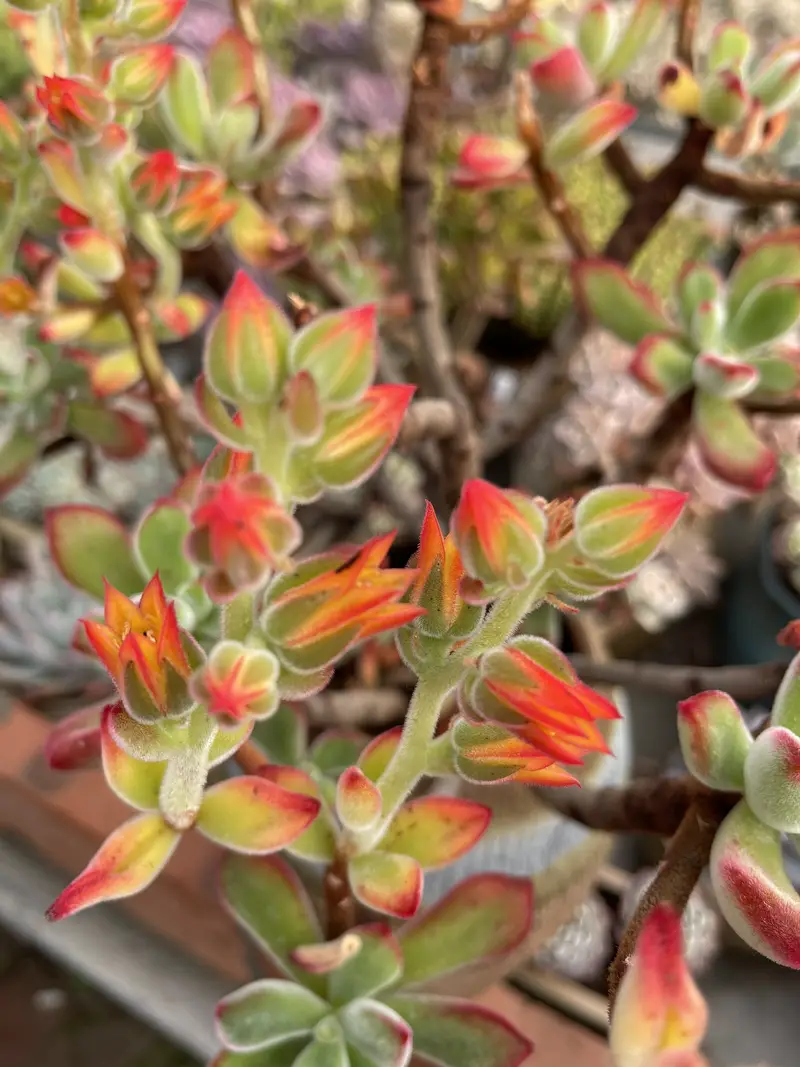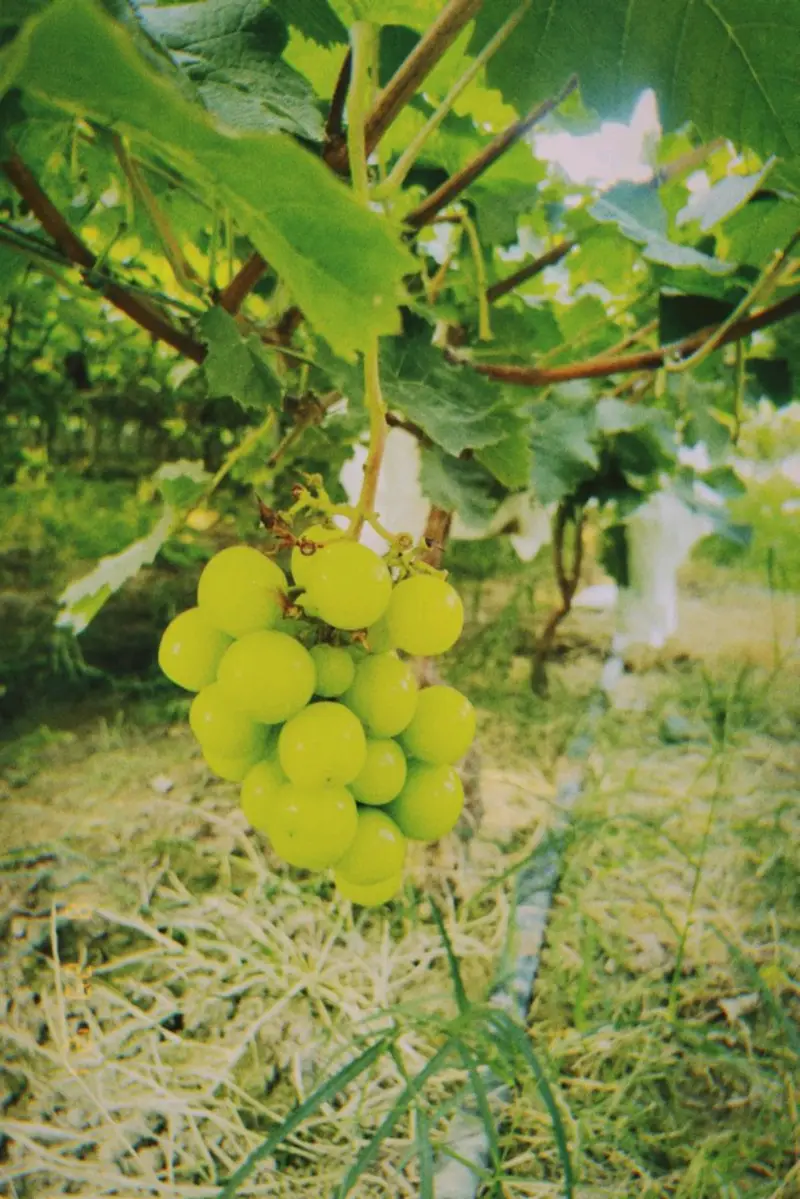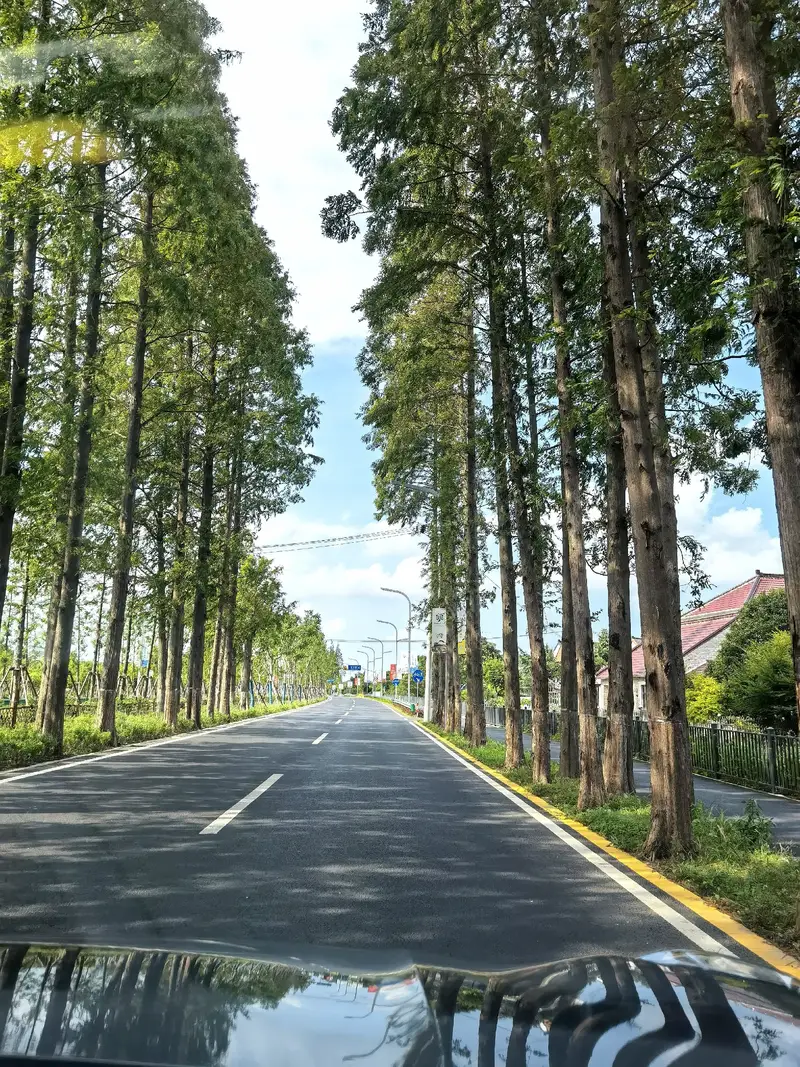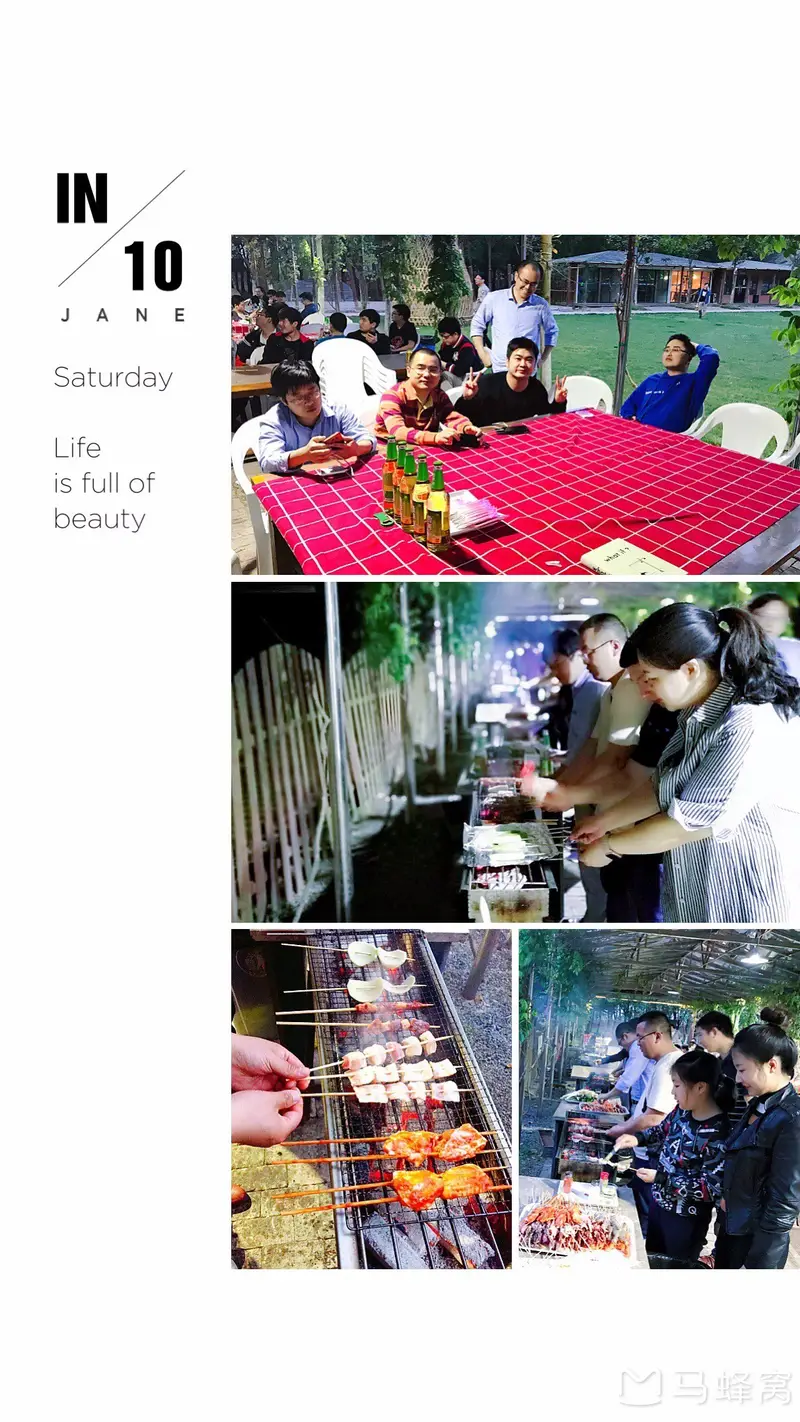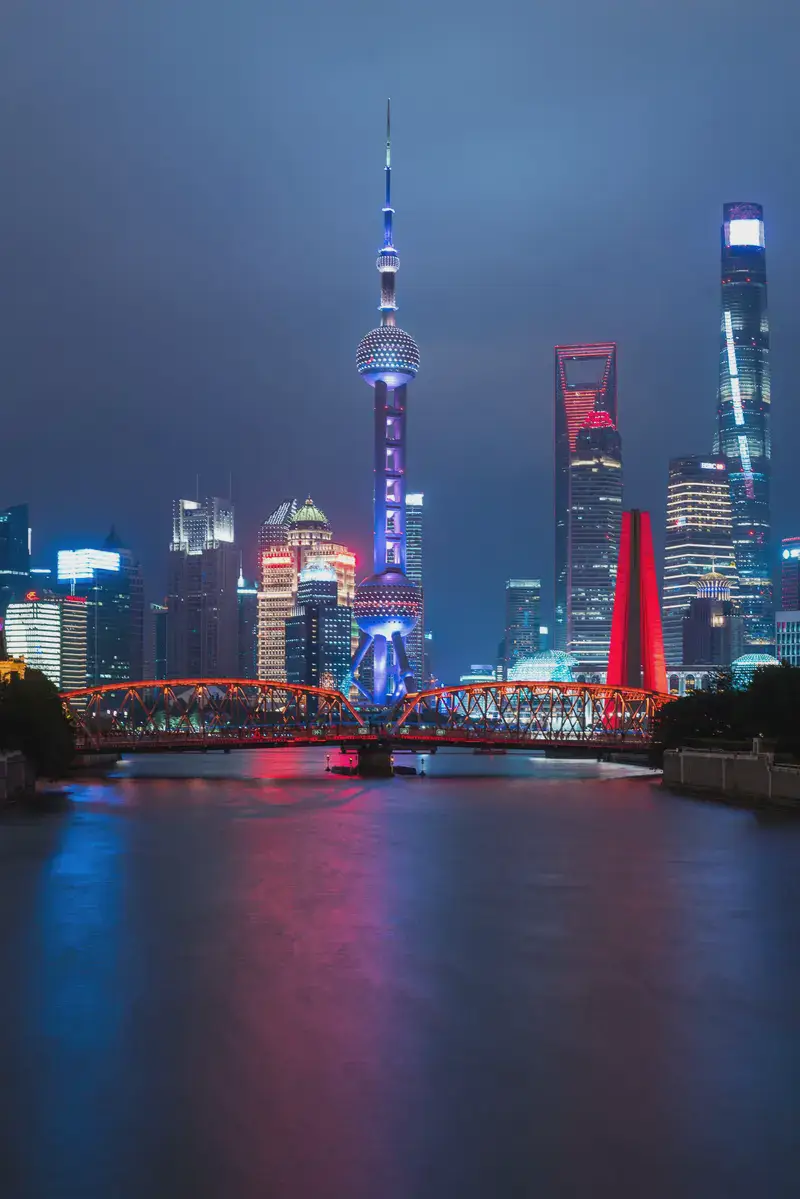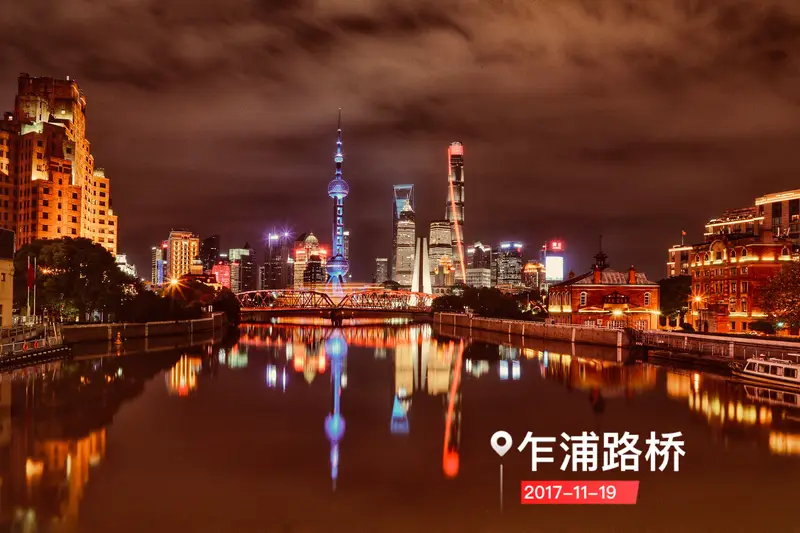Xiasha Old Street sits in Pudong New Area’s Xiasha Town, Shanghai. This spot is part of a county region and Chongming Island, both shaped by the Yangtze River’s sediment over centuries. While Chongming Island earned the name “Upper Sand” (Shangsha) for its northern location, Xiasha got its name from being farther south. To reach Xiasha Old Street, take Metro Line 2 to Tangxu Road Station, then switch to local bus 1043 or a taxi for a 15-minute ride. Driving is also easy—just follow signs to Xiasha Town off the S20 Expressway.
Natural Landscape
The area around Xiasha Old Street isn’t what you’d call “scenic” by traditional standards. Unlike water towns like Zhou庄, there’s no network of canals or stone bridges here. Most of the land is flat, reflecting its origin as river-deposited land. However, history fans might enjoy imagining how this plain once looked when it was home to Hekuo Village, a legendary site where cranes thrived centuries ago. Today, the “natural” vibe comes more from quiet residential streets than dramatic landscapes.
Cultural & Historical Highlights
Xiasha Old Street’s story dates back to the Northern Song Dynasty, when salt production made it a key hub. The town’s name literally means “lower sand,” highlighting its geographic position. Fun fact: Local legend says the area was once called “Crane Sand” (He Sha) because of the cranes that filled Hekuo Village. Even the ancient text Dream Brook Notes by Shen Kua mentioned how cranes here were considered the finest!
While Xiasha Old Street is now a Historical and Cultural Conservation Zone, don’t expect a perfectly preserved ancient town. Most buildings date from the 1970s–1980s, replacing traditional Jiangnan water town-style houses. A few old structures remain, but they’re mixed with modern homes, giving the place a time-jump feel. Keep an eye out for faded plaques or doorways—they’re the last whispers of Xiasha’s salt-making past.
Practical Facilities
Don’t visit Xiasha expecting fancy tourist services. There are basic convenience stores and family-run eateries along the street, but no high-end hotels or souvenir shops. Bring cash—some smaller spots might not accept cards. Public restrooms are rare, so plan accordingly. For food, try local staples like shengjian bao (pan-fried dumplings) or yangchun mian (noodles) at hole-in-the-wall joints.
Visiting Experience
Walking through Xiasha Old Street feels like stepping into a “time capsule” of Shanghai’s rapid modernization. The lack of polished tourist attractions makes it perfect for travelers who want to avoid crowds and see how locals live. Historians or photography enthusiasts might appreciate the contrast between leftover wooden houses and concrete blocks. If you’re lucky, you’ll spot a resident tending plants in a front yard or chatting with neighbors—a slice of everyday life in old Shanghai.
One tip: Go early! Morning light softens the harshness of modern buildings, and you’ll catch elderly residents practicing tai chi or setting up street stalls. By afternoon, the sun can make the bare streets feel stark, so pack sunscreen or a hat.
Final Thoughts
Xiasha Old Street isn’t about Instagram-worthy photos or checklist sights. It’s for those who crave authenticity—even if that means seeing a place caught between its salty past and a concrete-heavy present. If you’re curious about Shanghai’s less-glamorous heritage, this is your spot. Just remember: Wear comfy shoes, bring curiosity, and don’t judge Xiasha by its modest appearance—it’s a survivor, not a showstopper.


